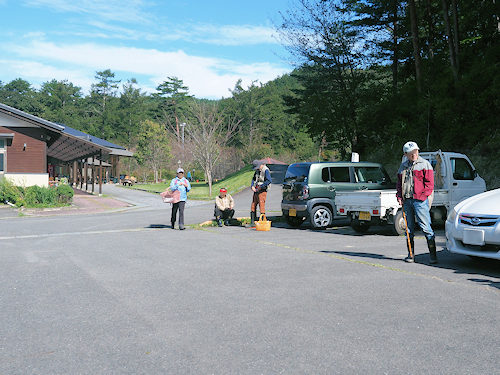
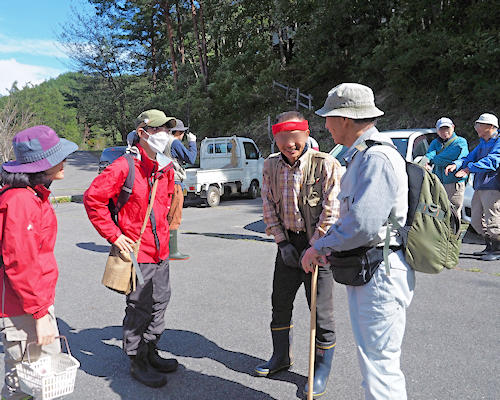
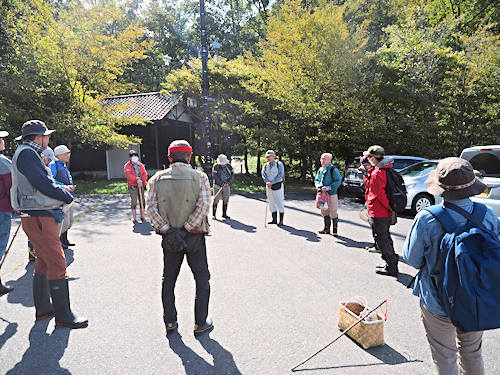
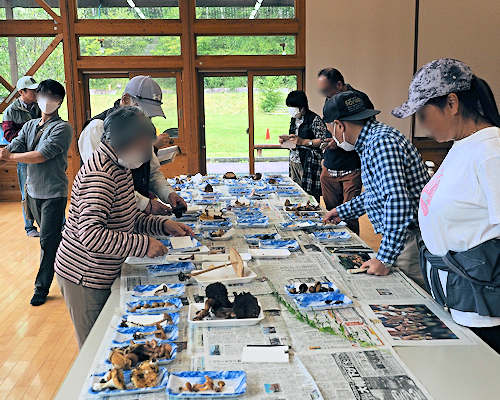
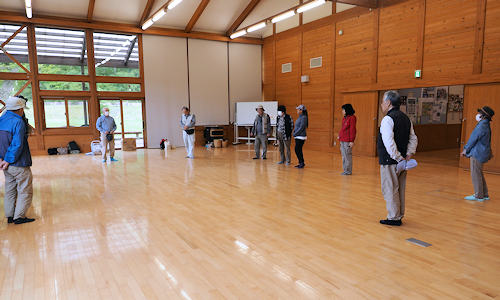
| home |
FY2023 Fukushima Mushroom Association Kawauchi Village Iwananosato Mushroom
Observation Group Report (October 2023)
Click here to display the list of observed species (PDF file)
Click here for a list of web pages.
A mushroom observation event was held in Iwananosato, Kawauchi Village
on Saturday, October 7, 2023.
The Iwanano Sato observation event is held every year in late September or early October.
The main purpose of the event is to confirm the occurrence of Microstoma aggregatum Otani. (Japanese name is Senbon Kitsunosa Kazuki)
Senbon Kitsune no Sakazuki is an extremely valuable mushroom that is found
only in parts of Hokkaido and Iwananosato in Kawauchi Village, Fukushima
Prefecture. It is said to be unconfirmed in other areas, including foreign
countries. The reason why we started holding regular observation sessions
every year is that in 2019, the entire area where Sembon Kitsunenosakazuki
was found was cleared, almost like clear-cutting, and we have been continuing
to check on the situation since the following year. . Details can be found
on the "Research, Surveys, and Reports" page. "Research/Survey/Report" page←Click to open the details page.
| This time as well, as the administrator of this site, I was unable to take many photos of the members as I was looking for the Senbon Kitsunenosakazuki and the mushrooms that followed. | ||
 |
 |
|
| 1.Members who arrived earlier than the meeting time are waiting. | 2.Veteran members and promising young members are exchanging information. | |
 |
 |
|
| 3.After the explanation by Mr. H0 from the secretariat, the chairman is giving a speech. | 4.The collected bacteria are being arranged on the identification table. After this, we had lunch and started the appraisal. | |
 |
||
| 5.After the appraisal was completed, tables and chairs were cleared, floors were cleaned, etc., and after the Chairman's greetings, the party was dismissed. | ||
| The images below are some of the mushrooms collected this time. |
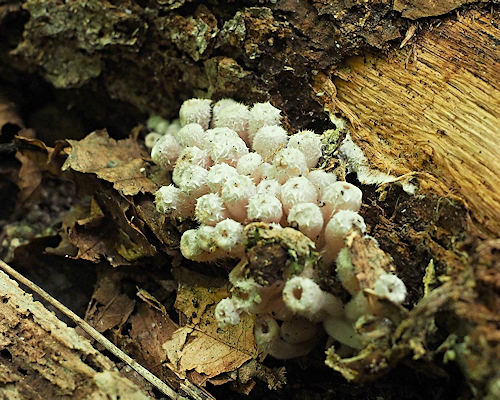 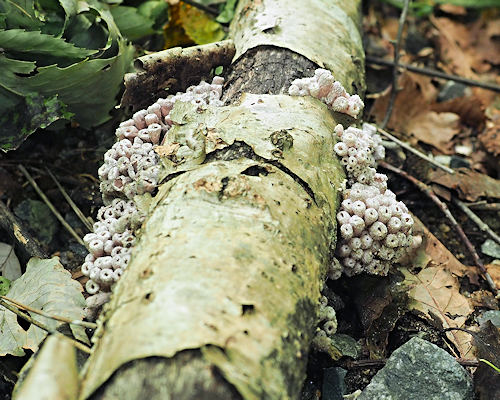 |
||
| 1.Microstoma aggregatum Otani(The Japanese name is"Senbon Kitsune
no Sakazuki") (The thickness of the pruned tree was around 10 cm.Infestation was confirmed on this pruned tree, and there were about 5 plants, but the size of the largest one was about 20 cm) |
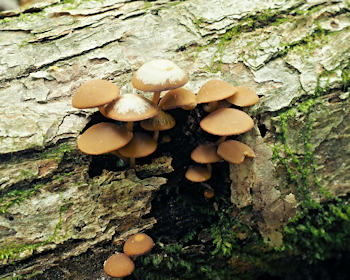 |
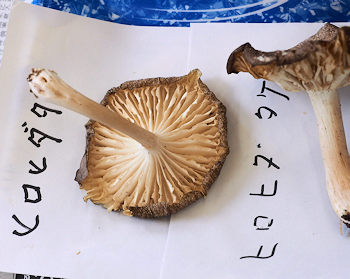 |
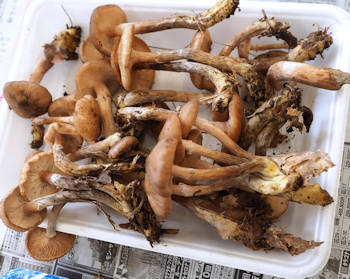 |
|
| 2.A mushroom that seems to be Psathyrella piluliformisi(The Japanese name is"Musasabitakei?") | 3. Megacollybia clitocyboidea(The Japanese name is"Hirohidatake")(quite dry) | 4.Armillaria mellea(The Japanese name is"naratake") (there were a lot of them.This year seems to be a good year for naratake) | |
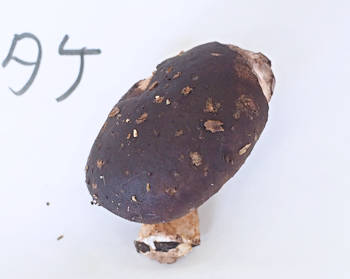 |
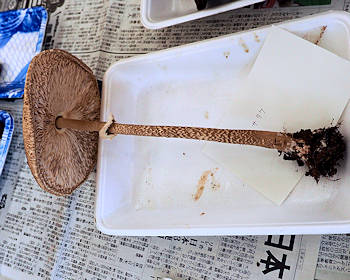 |
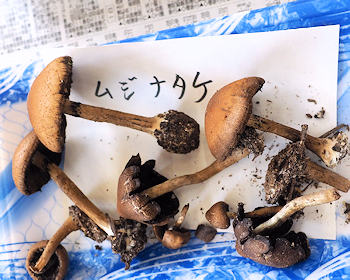 |
|
| 5.Lentinula edodes (The Japanese name is"siitake") (which were also a bit dry) Everyone was surprised that they were able to collect sLentinula edodes |
6.Macrolepiota procera(The Japanese name is"Karakasatake")(also a little dry) | 7.Lacrymaria lacrymabunda(The Japanese name is"Mujinatake") | |
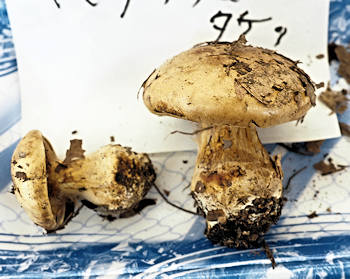 |
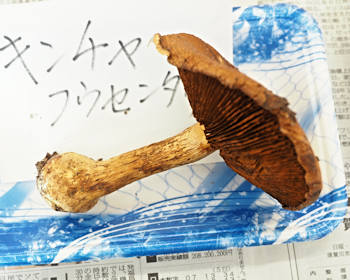 |
 |
|
| 8.Cortinarius xanthophyllusKihida(The Japanese name is"kihidafuusentake?") | 9.Cortinarius aureobrunneus(The Japanese name is"kincyafuusentake")(it was a little dry) | 10.Suillus luteus(The Japanese name is"numeriiguti") | |
 |
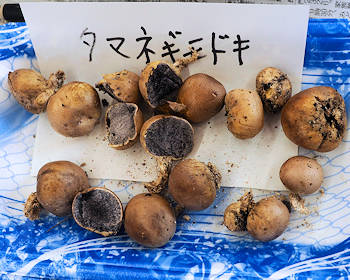 |
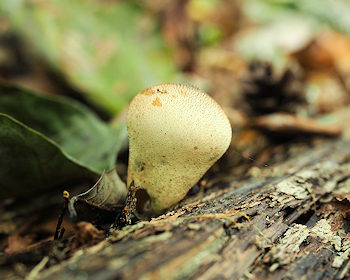 |
|
| 11.Species similar to Lactarius quietus(The Japanese name is"tyojitititake") (no odor) | 12.Scleroderma cepa(The Japanese name is"tamanegimodoki") | 13.Lycoperdon perlatum(The Japanese name is"hokoritake") | |
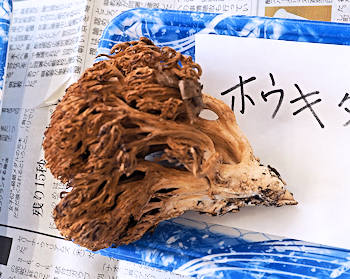 |
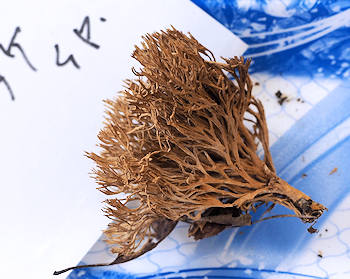 |
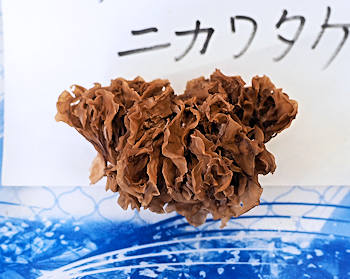 |
|
| 14.A type of Ramaria botrytis(The Japanese name is"houkitake")Houkitake | 15.A type of Ramaria botrytis?(The Japanese name is"houkitake") | 16.Phaeotremella foliacea (The Japanese name is"hanabiranikawatake") (dry and turned brown) |
|
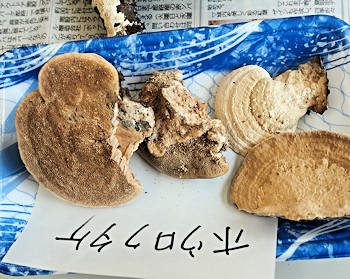 |
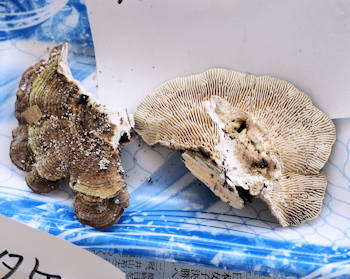 |
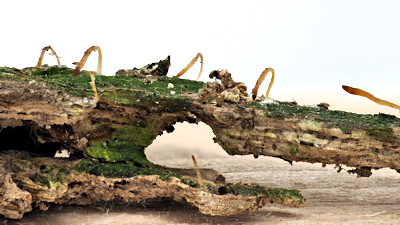 |
|
| 17.Daedalea dickinsii(The Japanese name is"hourokutake") | 18.Lenzites betulinus(The Japanese name is"kaigaratake") | 19.Multiclavula mucida(The Japanese name is"sirauotake") (originally white, but has dried and turned brown) |
|